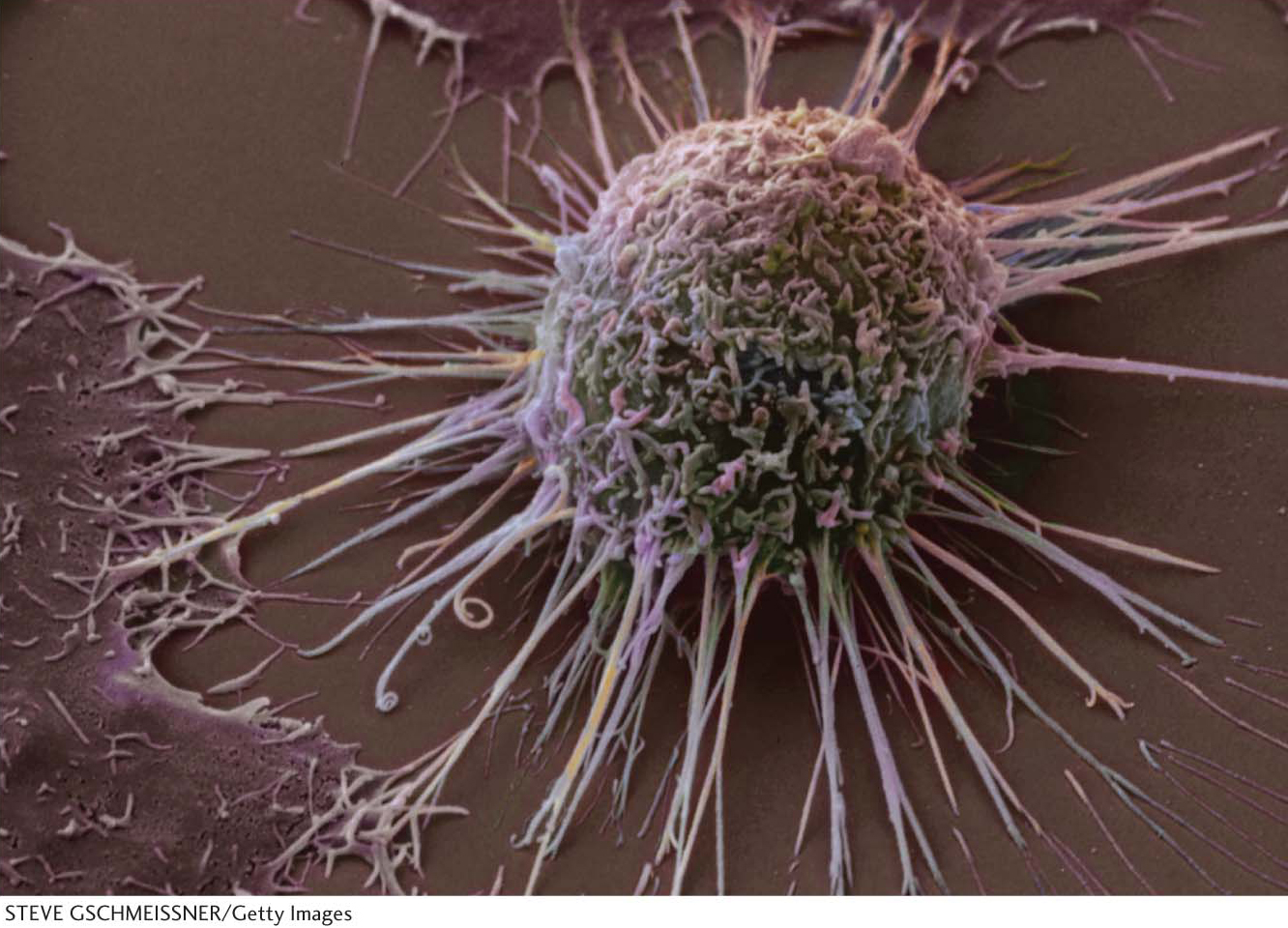We have examined how even very large and complex genomes can be replicated with considerable fidelity. However, DNA does become damaged, both in the course of replication and through other processes. Damage to DNA can be as simple as the misincorporation of a single base, or it can take more complex forms such as the chemical modification of bases, chemical cross-links between the two strands of the double helix, or breaks in one or both of the phosphodiester backbones. The results may be cell transformation, changes in the DNA sequence that can be inherited by future generations, blockage of the DNA replication process itself, or even cell death. A variety of DNA-repair systems have evolved that can recognize these defects and, in many cases, restore the DNA molecule to its undamaged form. We begin with some of the sources of DNA damage and then proceed to examine the mechanisms that repair damaged DNA.


